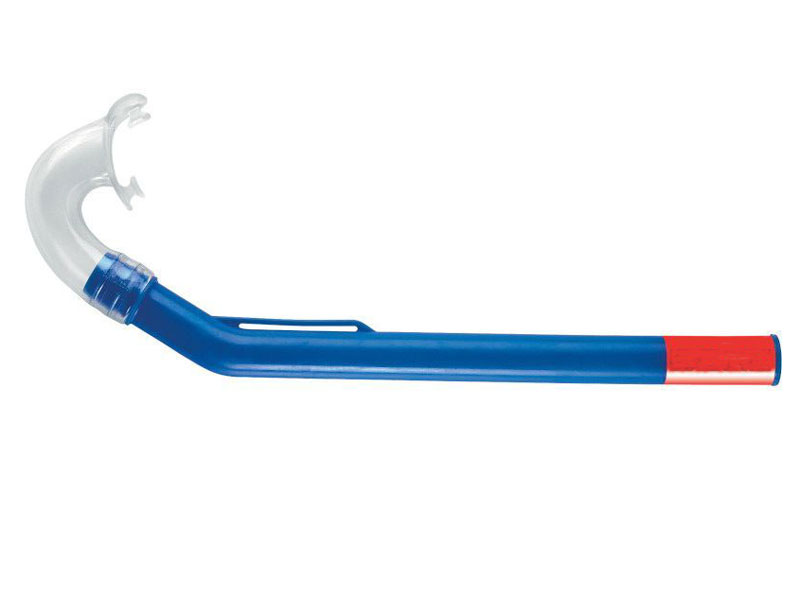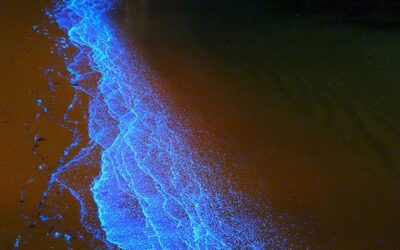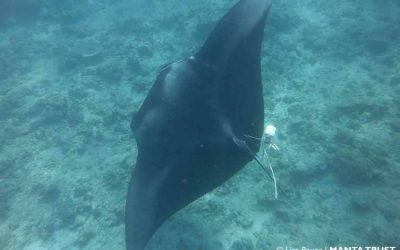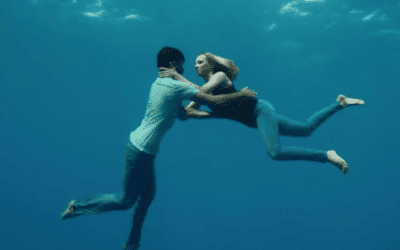Snorkeling equipment: the snorkel

Get used to using a simple model, with no siphon or valves for "automatic" water evacuation.
Even if some systems are effective, learning how to expel water is important. It's like learning to drive: doing it with a manual gearbox won't prevent you from using an automatic afterwards.
Snorkels are often slightly curved, to better fit the shape of the head. The mouthpiece is more supple and pleasant to the mouth if it's made of silicone.
The flat part is placed between the lips and gums, while the two lugs are used to bite down with your teeth and hold the snorkel in your mouth. The whole snorkel should not cause you any discomfort or irritation, and should be rigid enough to prevent the elbow from bending, thus interrupting airflow.
The tube should be large enough to allow you to breathe in comfortably.
The end of the snorkel should be brightly coloured. When you're lying on the water, this is the part that is most visible to another swimmer or a boat.
Choosing a snorkel therefore comes down to finding a compromise between mouthpiece size, length and tube diameter. The snorkel is an extension of your respiratory system.

A large-diameter tube will facilitate ventilation, but make it more difficult to expel water.
The snorkel slips under the mask strap, or is held on the outside by a plastic loop or small rubber strap.
Kids don't like snorkels!
It's not easy to find a small, flexible mouthpiece that won't hurt the gums!
Comfort is essential if the youngest players are to accept this barbaric instrument. Breathing only through the mouth, dealing with water intrusions - these are all annoying constraints.
Learning to play the tuba should be done when wearing a mask is no longer a problem.
As reassuringly as possible, on still water (pool, beach) and in shallow water (the child should have a foothold to begin with).
More articles
Incredible bioluminescent waves
Bioluminescent waves are a natural phenomenon. They have been observed on the island of Mudhdhoo in Baa atoll.
A manta saved
Lisa saves a manta in North Male Atoll during a dive at Rasfari...
Flights of mobula rays
Want to stand out from the crowd and attract the partner of your dreams?
Do as the mobula rays do!
Guillaume Néry Runnin' (Lose It All)
Congratulations to Guillaume Néry for his performance in the new video by Naughty Boy , Beyoncé and Arrow Benjamin.



